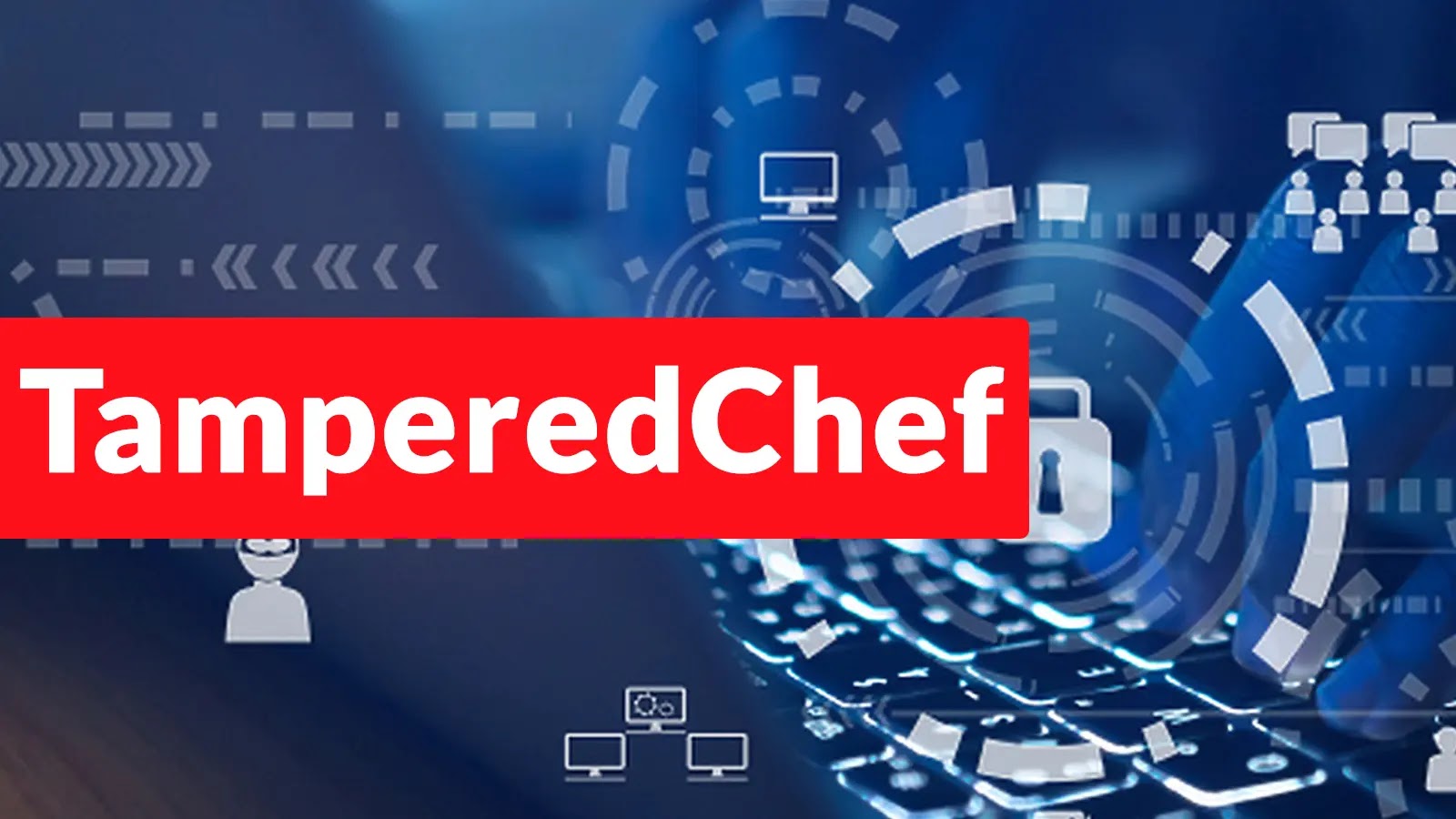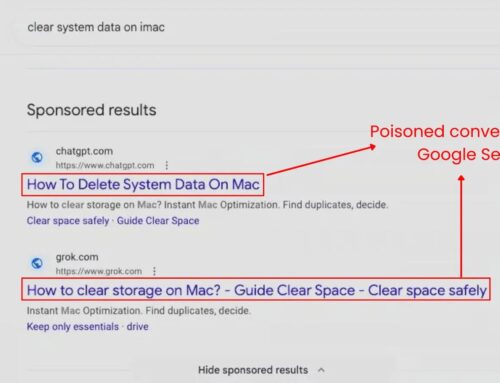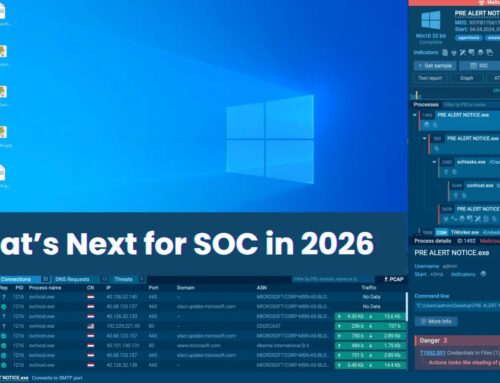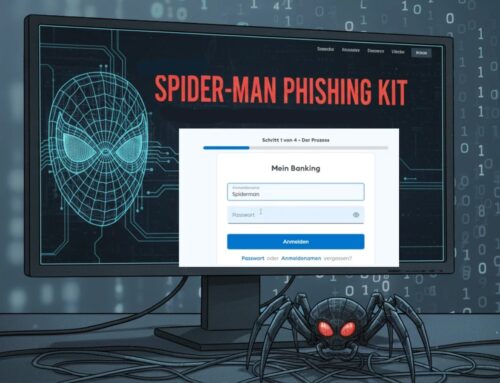
TamperedChef Hacking Campaign Leverages Common Apps to Deliver Payloads and Gain Remote Access
The article concerns a hacking campaign, not a specific vulnerability with a CVE. Therefore, a “Remediation Actions” section will be included, but a “Tools Table” is not strictly required based on the conditional rule.
The digital landscape is a constant battleground, and threat actors are perpetually refining their tactics. A particularly insidious campaign has recently surfaced, dubbed TamperedChef, which weaponizes trust and common software to infiltrate systems and gain remote control. This isn’t about exploiting obscure vulnerabilities; it’s about masquerading as everyday applications, leveraging a frighteningly effective social engineering approach. Understanding TamperedChef is crucial for any organization or individual operating in today’s interconnected world.
TamperedChef’s Deceptive Front: Common Software, Malicious Intent
The core of the TamperedChef campaign lies in its deceptive distribution method. Threat actors are creating fake installers for widely used, seemingly innocuous programs. Imagine downloading a “manual reader,” a “PDF editor,” or even a simple game, only to discover you’ve unwittingly installed a backdoor for attackers. This tactic exploits a fundamental user behavior: the expectation of legitimacy when downloading familiar software.
A key enabler of TamperedChef’s success is the use of valid code-signing certificates. These certificates are typically used by legitimate software developers to assure users that their applications are authentic and untampered. By acquiring and misusing these certificates, TamperedChef operators lend an air of trustworthiness to their malicious payloads, bypassing basic security checks and lowering user suspicion. This significantly elevates the threat, as even security-conscious users might overlook signs of compromise when presented with a signed executable.
Payload Delivery and Remote Access Capabilities
Once a user falls victim to TamperedChef’s lures and executes the seemingly legitimate installer, the malicious application deploys its true payload. The primary objective is to establish remote access, providing the attackers with a persistent foothold within the compromised system. While the specific remote access tools (RATs) used by TamperedChef can vary, their purpose remains consistent: to allow attackers to execute commands, exfiltrate data, install further malware, and generally control the infected machine remotely.
The implications of such remote access are severe. Attackers could:
- Steal sensitive personal or corporate data.
- Install ransomware or other destructive malware.
- Use the compromised machine as a launchpad for further attacks within a network.
- Monitor user activity, capturing keystrokes or screen content.
Remediation Actions and Proactive Defenses
Combating campaigns like TamperedChef requires a multi-layered approach, emphasizing both proactive prevention and rapid detection. Here are critical remediation actions and defense strategies:
- Source Verification: Always download software directly from official vendor websites. Avoid third-party download sites, torrents, or suspicious links in emails. Even if a link appears legitimate, hover over it to check the full URL before clicking.
- Verify Code-Signing Certificates: While TamperedChef uses valid certificates, it’s still a good practice to examine certificate details. Look for discrepancies, unexpected publisher names, or recent certificate issuance dates for established software. Right-click the executable, go to “Properties,” then “Digital Signatures.”
- Endpoint Detection and Response (EDR): Implement robust EDR solutions that can monitor system behavior for anomalies, even if the initial executable appears signed and legitimate. EDR can detect post-execution malicious activities that traditional antivirus might miss.
- User Awareness Training: Regularly educate users about social engineering tactics, the dangers of unsolicited software downloads, and the importance of verifying sources. Phishing simulations can also help reinforce these lessons.
- Principle of Least Privilege: Limit user permissions to only what’s necessary for their role. This minimizes the damage an attacker can inflict even if they gain access through a compromised user account.
- Application Whitelisting: Consider implementing application whitelisting, which only allows approved applications to run. This can be highly effective against unknown or unauthorized software.
- Regular Backups: Maintain comprehensive and regularly tested backups of critical data. In the event of a successful compromise, this can significantly reduce downtime and data loss.
- Network Segmentation: Segment networks to limit the lateral movement of attackers if a single endpoint is compromised.
The Enduring Threat of Social Engineering and Trust Exploitation
The TamperedChef campaign serves as a stark reminder that even sophisticated technical defenses can be circumvented through well-executed social engineering. By preying on users’ trust in seemingly legitimate applications and leveraging valid code-signing certificates, these threat actors demonstrate a deep understanding of human psychology and a persistent drive to exploit it. Staying vigilant, employing strong security practices, and continuously educating users are paramount in mitigating such evolving threats.





